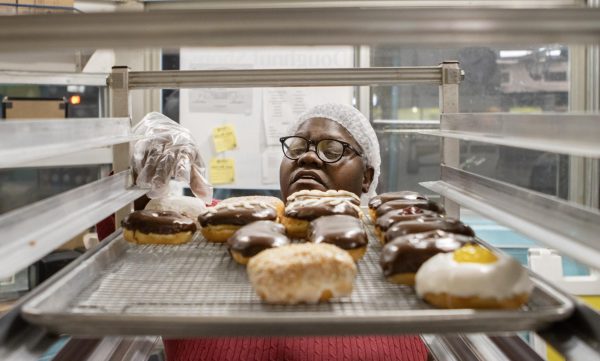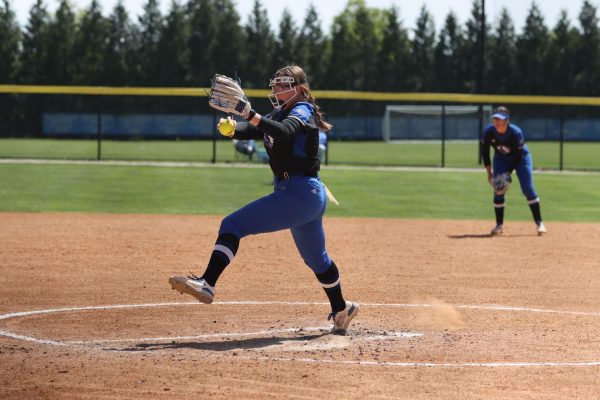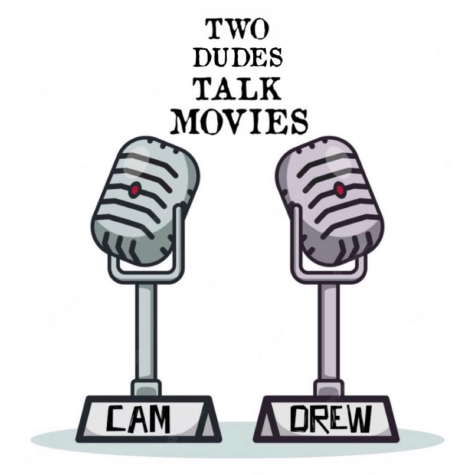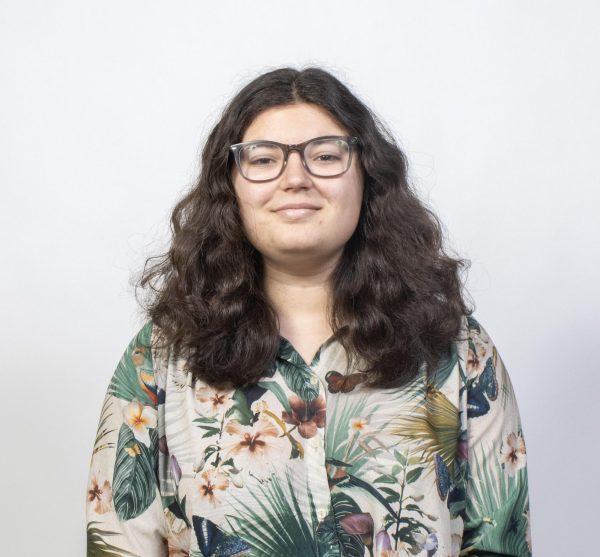Trainers aid athletes, share stories
A high risk of injury goes hand-in-hand with playing Division I sports. Collisions, awkward landings and freak accidents can happen at any moment, and standing by are athletic trainers who put in the time and energy to heal.
Athletic training has been certified by the American Medical Association since 1990 and has encouraged enrollment in the programs nationwide.
Erin Awtry, a senior kinesiology and sports studies major, is a student in the athletic training program.
“It takes a lot of time and you’ve got to study a lot outside of that to get good grades,” Awtry said. “It’s a pretty tough load.”
Awtry worked with the football team last fall, which involves 6 a.m. rehab sessions, being on deck during practices with water, tape, braces, bandages, pain medication and whatever else a hampered athlete may need.
Road travel is also involved, piling up more hours in preparation for the real world, even though this experience can be close enough. The trips can account for good memories though.
“My best memory was when I got to travel to Northwestern for a football game,” Awtry said. “Their facilities are amazing.”
Kathleen Morrison, also a senior in the program, said balancing school and training as a tough task.
“Just being in the athletic training room for a certain amount of time, going home, not falling asleep and doing homework.” Morrison said.
A love for sports is the inspiration to be an athletic training for many, as is the case with junior Jordan McDermott.
“I like being around sports, I like helping athletes get from injury to getting back to being able to play,” McDermott said. “It’s very rewarding.”
Awtry shares the same sentiment.
“I’ve watched sports my whole life,” she said. “I knew I wanted to be in a medical profession, so I figured, why not just combine my two passions, and that’s what athletic training does.”
Jake Smith, a recent Eastern grad of the program, knows the journey from being a new student in the program to being a certified athletic trainer.
“The learning curve takes about a year,” Smith said. “The first semester they’re new, trying to find their place, trying to find out where everything goes and how everything works.”
Which is important, Smith said.
All kinds of machinery, medicine and chemicals can be found in an athletic training room, from pulse-ultrasound machines to post-surgical ointment.
Knowing where and when these items apply is crucial.
But with time and experience, things pick up for students.
“It takes a lot of time and knowledge but we have good teachers and staff to help students succeed in this program,” Smith said.
Joshua Bryant can be reached at 581-2812 or [email protected]











































